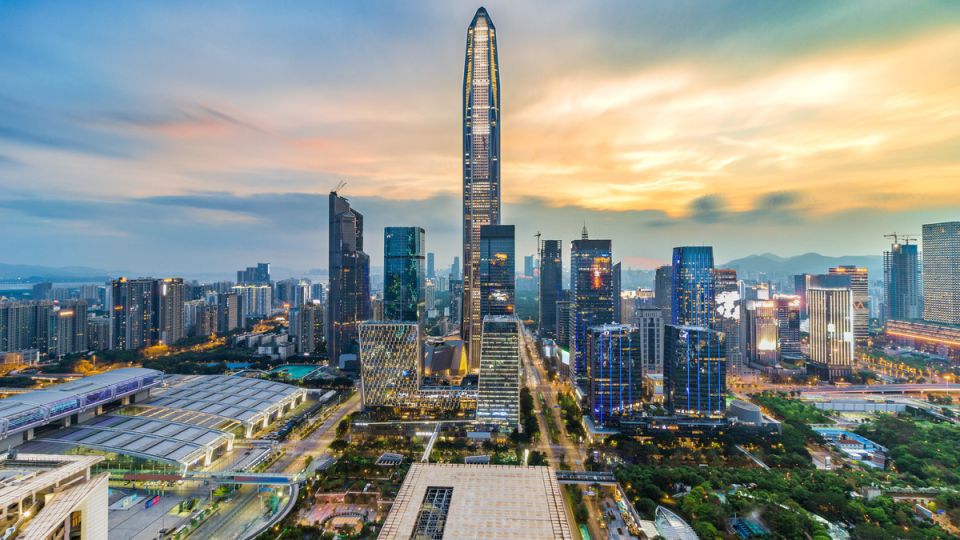September 21, 2022
BEIJING – The GDP of the Beijing-Tianjin-Hebei region, the Yangtze River Delta and the nine mainland cities in Guangdong-Hong Kong-Macao Greater Bay Area accounts for more than 40 percent of the country’s total, an official from the National Development and Reform Commission said on Tuesday.
With GDP reaching 9.6 trillion yuan ($1.37 trillion), 27.6 trillion yuan and 10.1 trillion yuan respectively in 2021, the three areas play an important role as ballast for the country’s economy, a driving force for high-quality development and a test ground for reform, said Xiao Weiming, director of Regional Department of National Development and Reform Commission.
These three regions have become the main source of scientific and technological innovation and the first leaders of institutional opening-up with obvious scale economic benefits, rapid agglomeration of innovative element and intensive high-level talents, Xiao said.
Apart from strengthened driving force for strong regions, China’s regional development has made great achievements, including a narrowed relatively regional development gap, more important roles played by essential functional areas, revitalized special areas, more equalized basic public services, more equivalent infrastructure accessibility and a similar minimum standard of living.
In the past decade, China has established and improved systems and mechanisms for coordinated regional development, and promoted regional economic distribution featuring complementary strengths and high-quality development, leading to historical achievement and reform in coordinated regional development.


